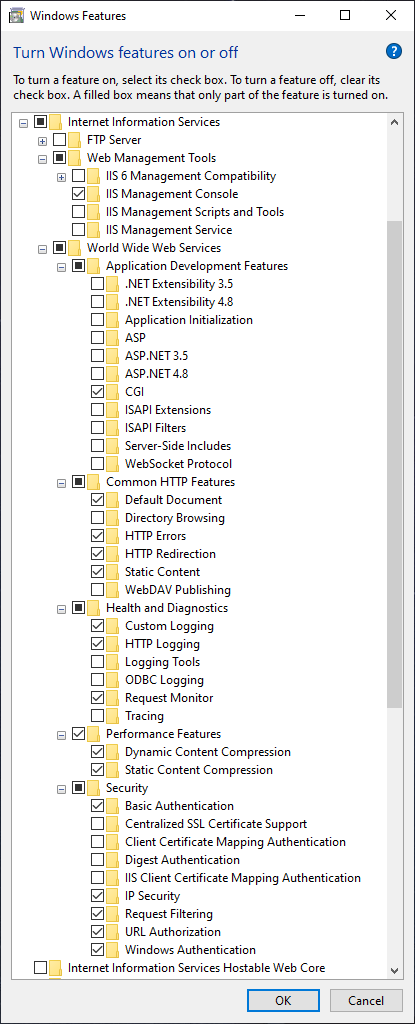Update 8-13-2023: You may or may not need some or all of these commands anymore.
Below is a set of commands you can try running to help resolve issues with multiple random temporary addresses, and seemingly all of IPv6 stops working randomly. I use DHCP6 on my home network and this has helped to resolve a lot of connectivity issues for me. I don’t seem to lose IPv6 connectivity anymore.
The interface does seem to still get more than one address, which is frustrating, but probably due to router advetisements on my firewall. It only seems to use the primary one it gets from DHCP however, which is good. I have tried doing netsh int ipv6 set interface “<interface>” routerdiscovery=disabled store=persistent but, it does not persist after a reboot, and netsh int ipv6 show interface “<interface>” shows that it is enabled again. I imagine there is some registry edit that can be done, or adding it to task scheduler but, until it becomes an issue I am find that the below works for me.
I don’t know why Microsoft has made this so hard. All of my Linux and FreeBSD machines can acquire and maintain an IPv6 address forever. A singular address.
You’ll need to run these in an Administrator command prompt. You can access that by right-clicking your Start button and choosing either Command Prompt (Admin) or Windows Powershell (Admin). If you only have Powershell, once it opens, type cmd and press enter to go into a command prompt shell. Alternatively, press your Windows key or click the start button, and type cmd and press CTRL-SHIFT-ENTER once you see Command Prompt in the list (you will only need to type cmd, the start menu will select Command Prompt after a moment in ‘Best Match‘ at the top of the search results.)
netsh int ipv6 set privacy state=disabled store=active
netsh int ipv6 set privacy state=disabled store=persistent
netsh int ipv6 set global randomizeidentifiers=disabled store=active
netsh int ipv6 set global randomizeidentifiers=disabled store=persistent
Afterwards, I find going into Control Panel, (small icons) Network and Sharing Center, Change Adapter Settings, and right-click on your interface and Disable it, then Enable it with another right-click. Or you can reboot.
